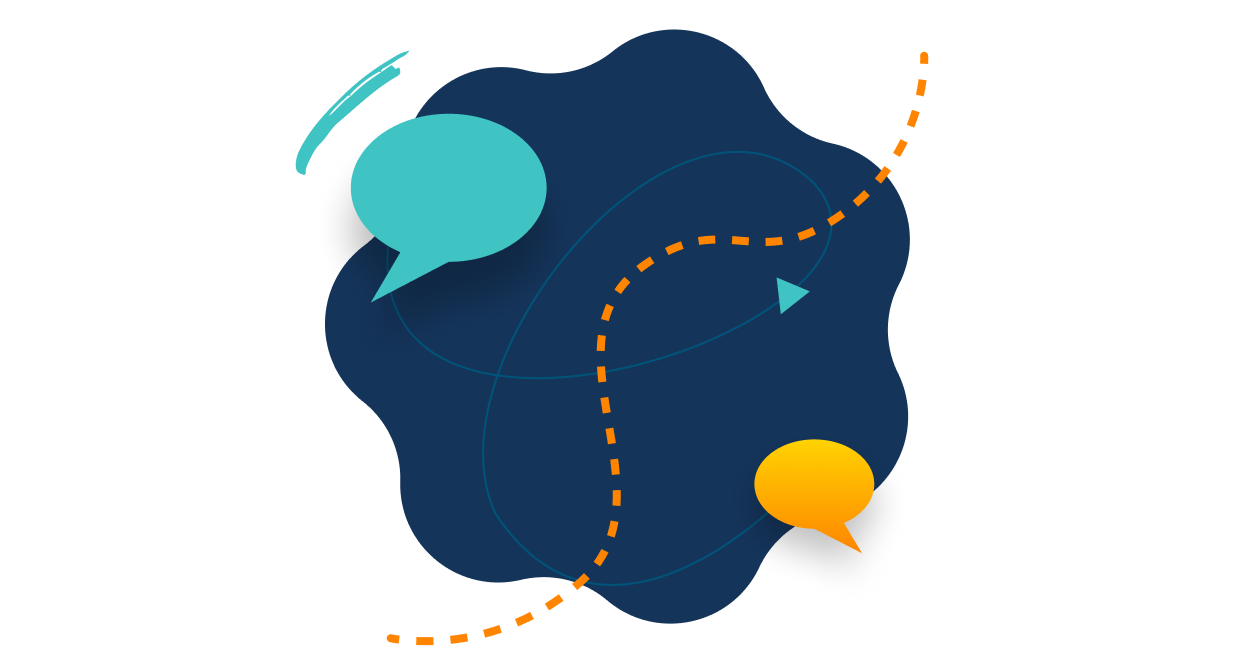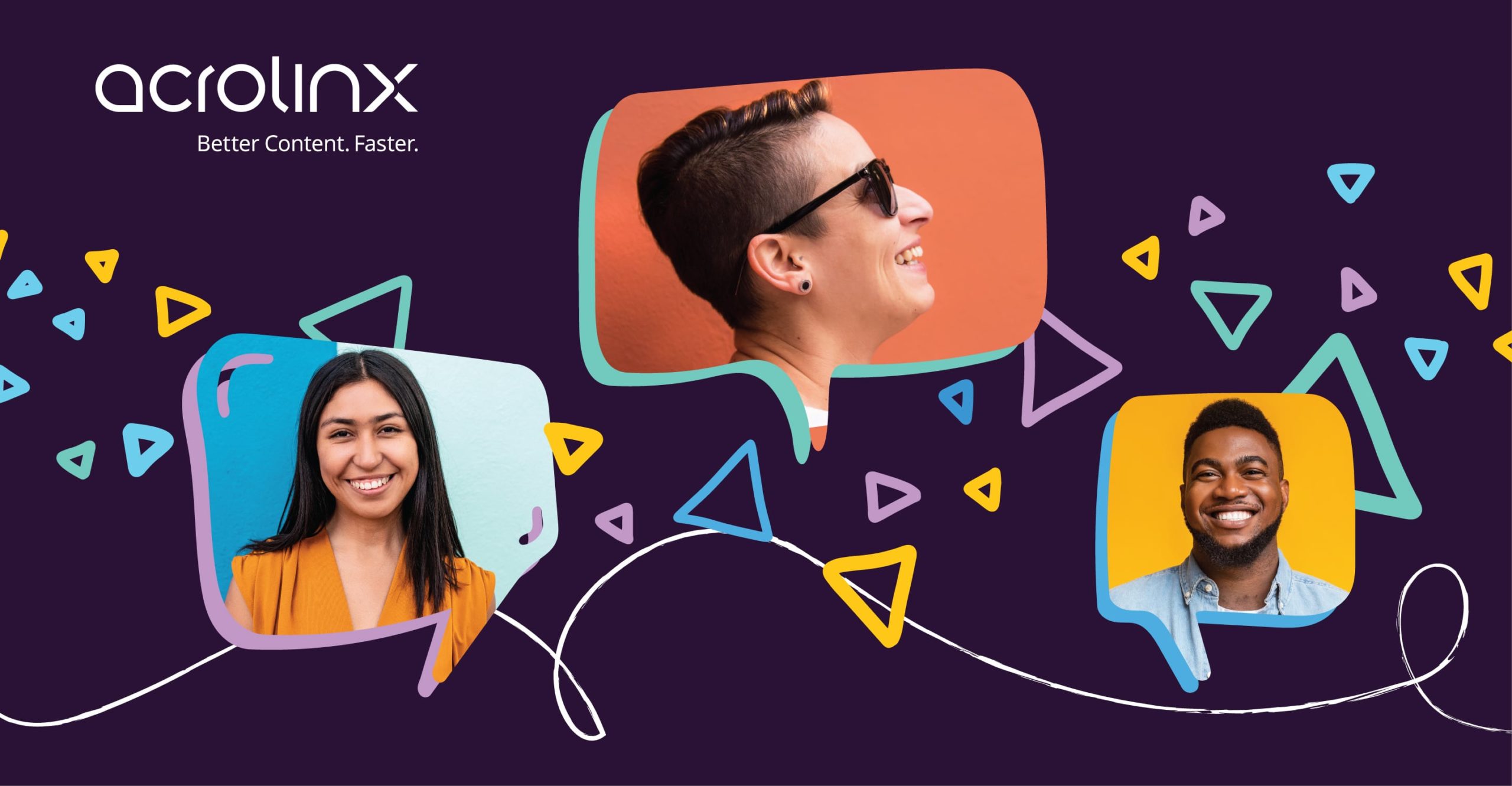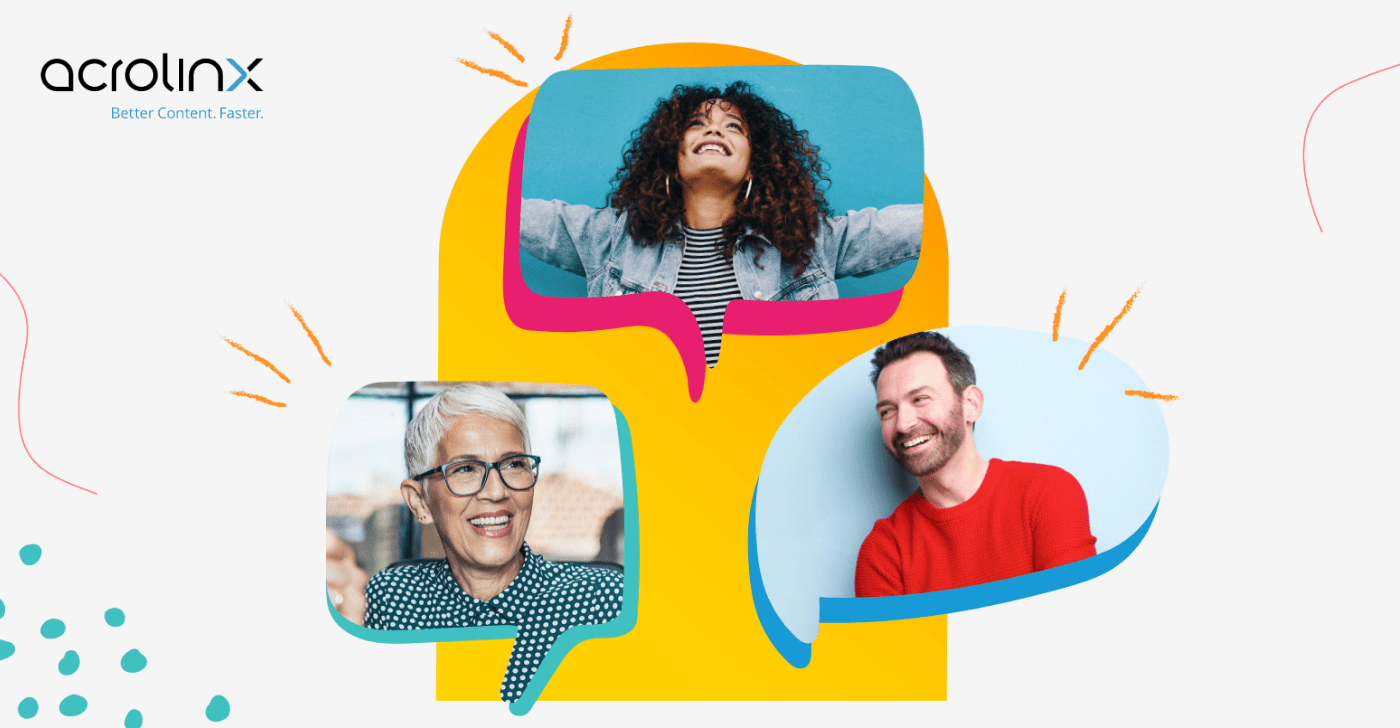Let’s face it. Sometimes our words can send the wrong message. Even when we have good intentions. Throughout history, language has excluded people based on their culture, ethnicity, gender, sexual orientation, religion, age, disability, socioeconomic status, or appearance.
Language is powerful. At Acrolinx, we think intentional and inclusive communication has the power to create change. We can all do better — and Acrolinx is here to help.
So what is inclusive language?
Inclusive language avoids the use of certain words and phrases that exclude, silence, discriminate or assign negative connotations to personal characteristics of certain people and communities.
But it’s more than simply avoiding offense.
Inclusive language signals to historically excluded people and communities that they are safe to be themselves. And that we’re committed to providing underrepresented groups a place to flourish.
It also symbolizes acceptance, allyship, and a commitment to seeing human differences through a lens of collaboration and a catalyst for growth — not as a basis for conflict. It’s a way of speaking and writing that aligns with action that promotes promotes belonging for all people.
Inclusive business communication
More companies are becoming invested in diversity, equity, and inclusion initiatives. In a business context, many recognize that inclusive practices help both companies and individuals thrive. When it comes to inclusive enterprise content, you’ll want to cover the following aspects. Inclusive language should be:
- Respectful
- Accurate
- Unbiased
- Historically and culturally aware
- Free from stereotypes
Discriminatory language can distance you from a wider audience and make your content appear outdated. On the other hand, language that’s focused on inclusion can attract a broader talent pool, increase inclusivity in the workplace, and start helpful conversations about implicit bias.





